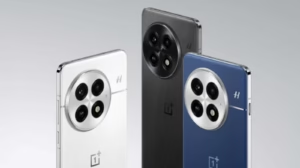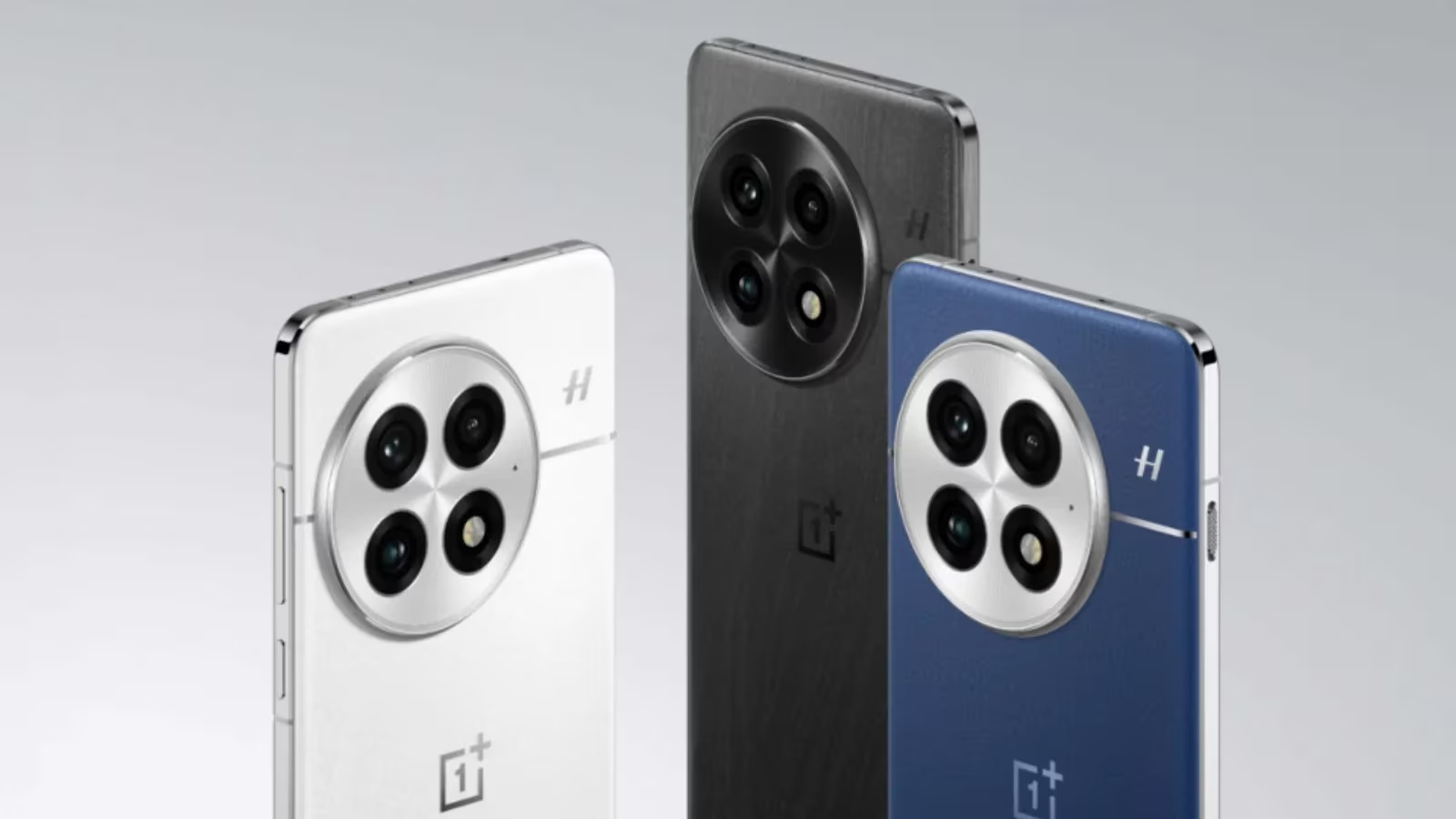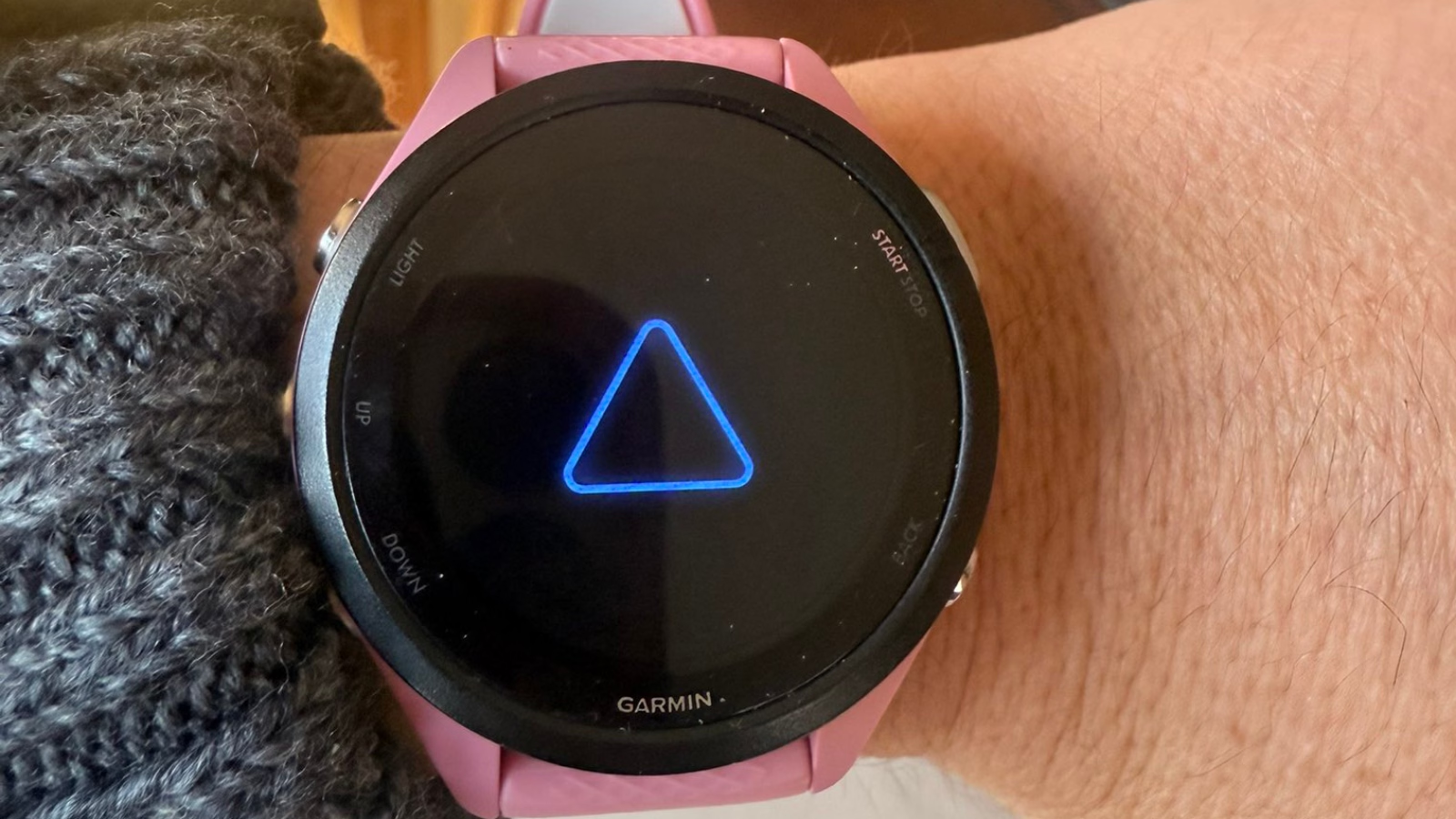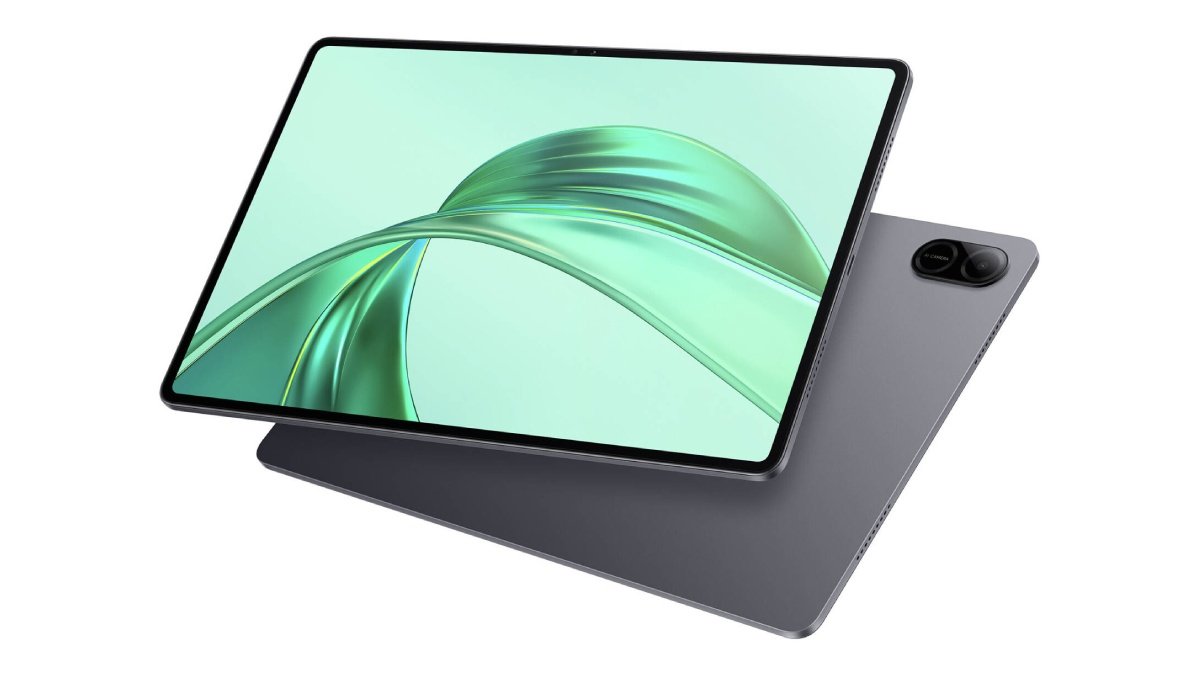In the rapidly evolving world of smartphones, manufacturers are increasingly banking on artificial intelligence (AI) to kickstart a new era of growth and innovation. Dubbed a ‘supercycle’ by optimists, this trend sees AI not just as a feature but as the core of future mobile experiences. However, not everyone is convinced, with some analysts tempering expectations with cautionary insights.
Key Highlights:
- Less than 5% of smartphones shipped in 2024 are expected to be AI-capable, translating to around 60 million units.
- Generative AI (GenAI) smartphone shares are projected to double in 2024, reaching 40% by 2027.
- Over 1 billion GenAI smartphones are expected to be shipped cumulatively during 2024-2027.
- Samsung and Qualcomm are positioned as immediate leaders in the GenAI smartphone market.
The latest forecasts suggest a mixed outlook for the integration of AI in smartphones. While less than 5% of smartphones shipped in 2024 will be AI-capable, the segment is nonetheless significant, with about 60 million units expected to hit the market. This indicates a growing but gradual adoption of AI technologies within the smartphone industry.
Generative AI, a subset of AI that creates original content rather than merely executing pre-programmed tasks, is gaining traction. Counterpoint Research predicts that shipments of GenAI smartphones will reach over 100 million units in 2024, with an expected compound annual growth rate (CAGR) of 83% through 2027. This growth signifies a shift towards more intelligent and versatile devices capable of offering unique user experiences through info provisioning, image building, live translation, and personal assistant applications.
The Challenges Ahead
While the prospects are exciting, several challenges loom on the horizon:
- Privacy Concerns: The increasing reliance on AI raises significant privacy issues. The collection and processing of vast amounts of personal data necessitate stringent data protection measures and transparency to maintain user trust.
- Technical Limitations: Despite advancements, limitations in processing power, battery life, and memory capacity of current smartphones could hinder the full realization of AI’s potential.
- Market Fragmentation: The varying pace of AI adoption among manufacturers and regions may lead to a fragmented market, complicating app development and user experience across different devices and ecosystems.
Market Leaders and Innovations
Samsung and Qualcomm are spearheading this movement, with both companies positioned as first movers in the GenAI smartphone market. Samsung’s introduction of Galaxy AI showcases how OEMs aim to differentiate their products with AI capabilities. Similarly, Qualcomm’s dominance in the market is expected to continue, capturing over 80% of the GenAI smartphone market for the next two years, thanks to its advanced chipset technologies.
Analysts’ Perspectives
Despite the enthusiasm, some analysts urge caution. The projected single-digit market share for GenAI smartphones in the near term suggests that while the sector is ripe for innovation, widespread adoption and impact may be slower to materialize. Issues such as memory constraints and the need for a hybrid approach to AI integration highlight some of the challenges ahead. Nevertheless, the potential for GenAI to revolutionize user experiences, from personalized content creation to smarter digital assistants, is undeniable.
As we stand on the brink of what could be a transformative period for smartphones, the dialogue between the promise of AI-driven innovation and the pragmatic assessments of industry analysts continues. While the ‘supercycle’ of AI in smartphones heralds exciting advancements, it also underscores the complexities of integrating such sophisticated technologies at scale. The journey towards AI-rich mobile experiences is undoubtedly underway, with industry leaders like Samsung and Qualcomm charting the course. However, the pace and impact of this evolution will likely unfold more gradually, shaped by both technological breakthroughs and market readiness.



















